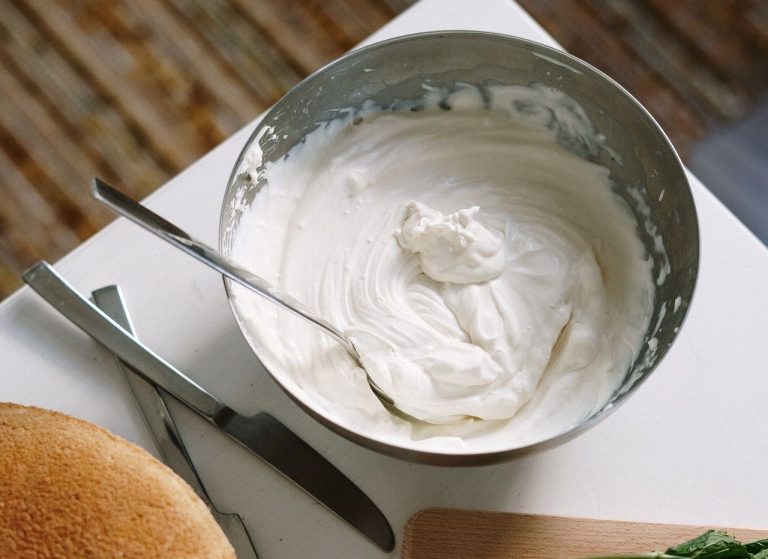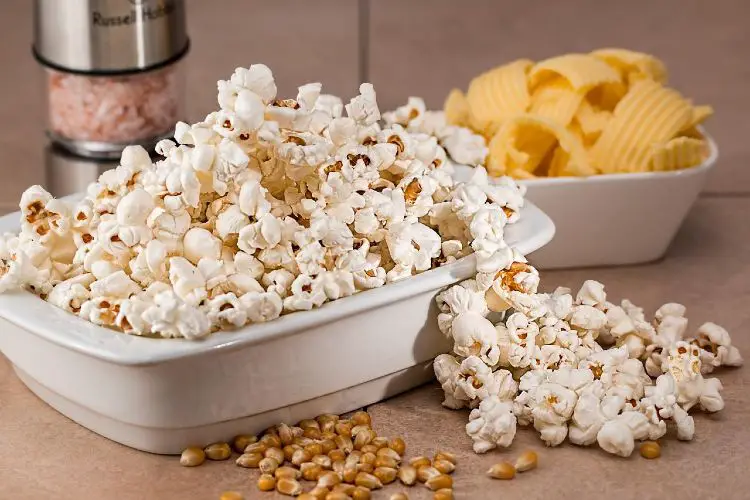Sarah Hillman Ceramic Designs
I am a great fan of Sarah Hillman’s work, having acquired my first piece after her exhibition, Origin, in 2008 and my second piece was purchased for my 30th birthday in 2009.
My fiance and my best friend have both met Sarah in the process of buying these pieces for me. I was secretly heartbroken to discover from them that not only is she roughly the same age as me and making a full-time living from making pots, but also that she is a very charming person. So you can imagine how delighted I was when she agreed to an interview. Here are the questions I asked Sarah, and the answers she gave.
What’s the most important thing to know about you?
I’m obsessed with colour and form!
What inspires you to create?
I love working with clay. I find it so immediate and responsive. There’s always a new way to cut a piece and a new colour blend to find which keeps me continually developing and moving my work forward. I find inspiration in abstract modernist sculptors, such as Barbara Hepworth and Henry Moore. I also love sleek Scandinavian design pieces.
What inspired the shape and form of the Splash Form vases?
The Splash forms were a continual development of looking at the relationship between the inside and the outside of organic form. I generally develop work as I go along. After I cut a piece I sit back and really look at it, see how it works with the form, assess what elements really make it work for me and try to incorporate them into the next piece. I was working with trying to encapsulate a sense of poise and movement in the overall pieces. By cutting the complete forms with deep curves and applying colour to the interior I found an enticing relationship between the internal and external space.
How did you first get into pottery? What made you decided to make it your career?
I stumbled across ceramics when studying at college. I initially wanted to take on an additional course in textiles, however my particular college only offered a ceramics class. Over those two years at college I spent every spare minute in the ceramics department, my college tutor gave me faith and encouragement to continue. That was in 1996 and I haven’t looked back since.
Can you describe your average working day? What is a good day and what is a bad day?
I get up around 7.30 a.m. and make a cup of tea while the computer boots up. I then check e-mails and plan my day. I head off around 9am to my studio at Cockpit Arts in London. I always start with a clear workbench, I roll slabs of clay for the pieces to be made then press the moulds; I usually work on about 3 at once. After I’ve had another cup of tea it’s time to take the first piece out if the mould and start to cut and design the form; I barely stop for lunch, usually a sandwich while scrutinising the morning’s work. The afternoon sees me finish the forms. I never leave a piece half-finished and always make sure I clean up and mop before I leave ready for the next day.
A good day would be me in my own little world working away making and developing new work. Often, however, I have to spray all the pieces to pack the kiln. This is usually intensive and more demanding as I mix all the colours myself and spraying the work is the most difficult and demanding aspect. If my spray gun plays up I can end up having a very bad day, usually soothed by a large glass of wine in the garden once home.
What are your hopes for the future? What does success mean to you?
I would love to live in the country one day in a big old house with a light bright studio at the bottom of the garden, with beautiful views to inspire me. At the moment being in London keeps me connected with the right market; however I’d love to have more tranquillity and countryside to work in. Of course having bigger kilns and perhaps an assistant would help me achieve bigger commissions and large-scale pieces, which is something I’d like to achieve in the future.
What advice would you give to aspiring potters?
If you believe in what you are doing keep it up! It’s a tough journey so you need to have confidence and insight in what you are doing. Although it makes the criticism harder to take, the passion will keep you going.
Further reading for the especially geeky:
- http://uniqueandhandmade.wordpress.com/2010/06/27/sarah-hillman/ (uniquehandmade)
- http://cockpitarts.wordpress.com/2010/03/10/finding-focus-ceramicist-sarah-hillman-writes-on-getting-back-into-the-swing-of-things/ (cockpit arts)
- http://www.ewanwilcox.com/?p=224 (ewan wilcox)


